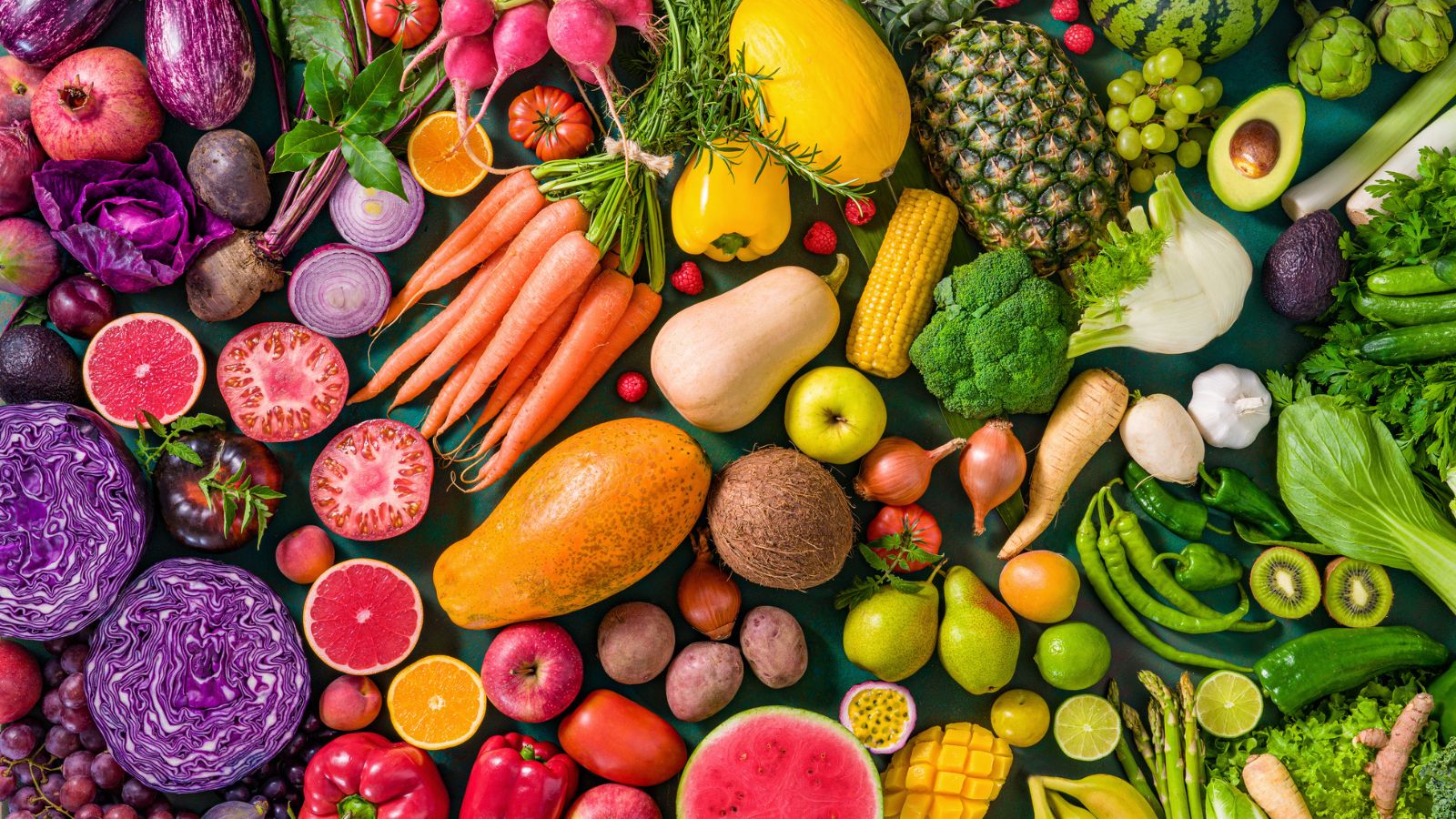Food has an incredible way of bringing people together and generating good conversations, and it can have that same positive impact in the classroom. The food choices we make on a daily basis have education opportunities that go much deeper than general nutrition education. From food waste and sustainability to new technology and planning for the future, there are many ways learning where your food comes from can fuel lessons in all sorts of subject areas.
We recently learned about the Educated Choices Program, a nonprofit that provides free food-related nutrition education to schools. The materials are available in multiple languages and include videos, lesson plans, and student activities for more than a dozen topics. We pulled out five of our favorites, featured below. We love programs that really are free and clearly prioritize teacher and student interests. Check them out to see how they might fit into your needs this school year.
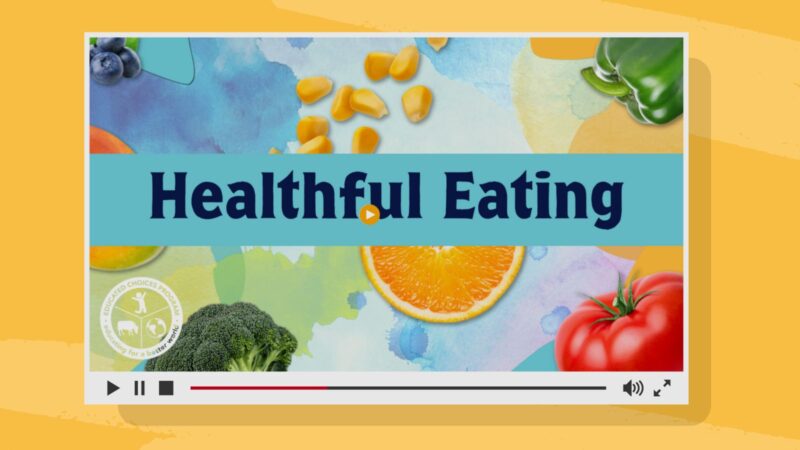
This nutrition education video focuses on learning about how the foods we eat every day can impact our health. It takes a look at how the right types of fiber, carbohydrates, protein, calcium, and other nutrients can prevent and reverse cancers and diseases.
How it meets standards
It aligns with 83 different academic objectives, so you can feel good using it across the board. It’s especially great for health and wellness, nutrition, and physiology.
Why we love it
This lesson does a great job of breaking down the food we see in our everyday lives. It does so in a friendly and visual way, helping students make the connection between food choices and overall health.
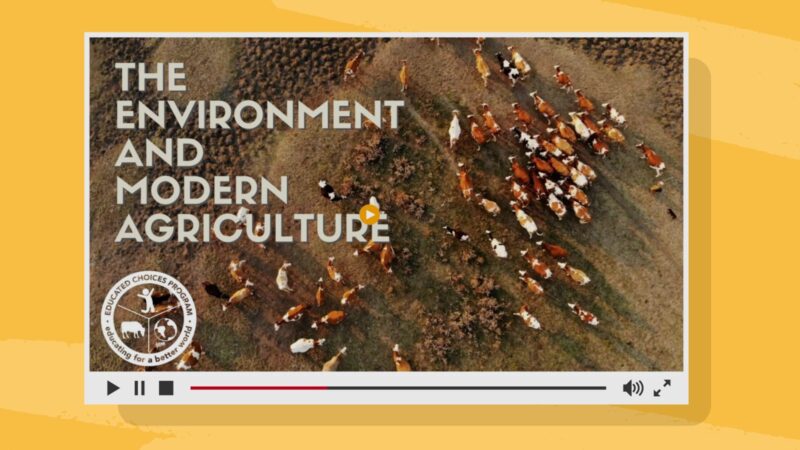
How are dietary choices connected to challenges like deforestation, excessive resource usage, and water and air pollution? This video lesson answers these questions and others by looking at sustainability as a whole.
How it meets standards
The video taps into 70 different educational standards, including those in career development, ethical and social responsibility, and design and biotechnology.
Why we love it
It tackles animal-based and plant-based foods in factual and thoughtful ways. It shares the information, encourages discussion, and suggests incremental and accessible dietary changes.
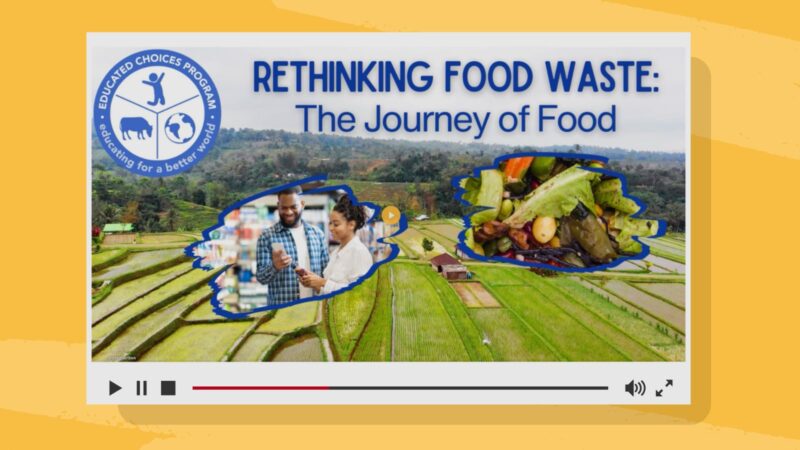
As a whole, the USDA estimates we waste between 30% and 40% of food—more than a billion tons per year. This video really takes a closer look at the food supply chain to break up the four stages: production, processing, distribution, and consumption.
How it meets standards
It aligns with 64 standards, especially when it comes to scientific inquiry and problem-solving.
Why we love it
It takes something really familiar to most people—a slice of pizza—and looks at how easy it can be to create food waste. This relatable, simple example is perfect for engaging students.
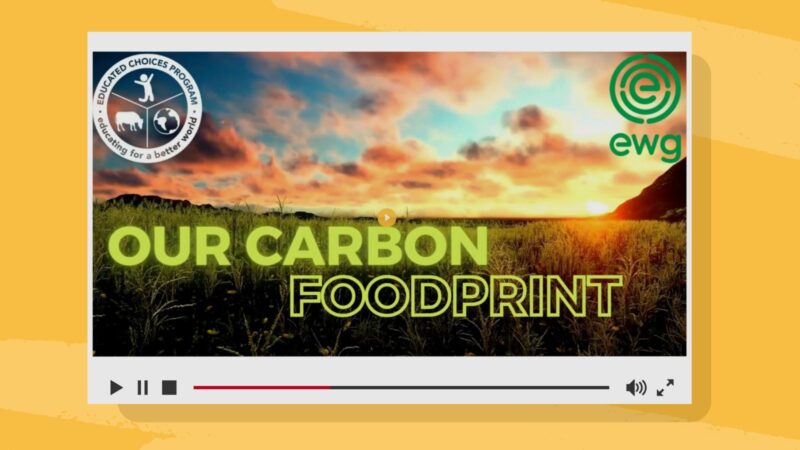
This video takes a much deeper look at animal-based foods and the overall environmental impact when it comes to climate change. From food waste to greenhouse gas emissions, it examines the day-to-day impact of food production.
How it meets standards
It can be used to fulfill 73 different standards, and we especially like it for standards like global issues, cultural awareness, and environmental health.
Why we love it
It presents the information in a direct, non-judgmental way. Plus, it offers up solutions for smart sustainable swaps.

How can technology play a role in improving food sustainability in the future? This nutrition education video takes a look at our past, present, and future to gain a better understanding of what needs to be done to really make a difference.
How it meets standards
It applies to 91 different educational standards, including environmental health, technology, and the tie between society and the environment.
Why we love it
It feels like this is just the beginning when it comes to conversations about food technology, and this is a great tool to help teachers have these conversations with students.
You can feel good about using the video lessons in your day-to-day curriculum because the team at the Educated Choices Program has developed dozens of educational guidelines based on academic standards throughout the United States, Canada, and several other countries. We highlighted the number of standards that align with each of these, which you can use with their handy guide tied to these key categories:
- Family and Consumer Science
- Health, Wellness, and Physical Education
- Environmental and Earth Sciences
- Engineering, Technology, and IT
- Biology and Life Sciences
- Physics and Chemistry
- Language Arts and Literacy
- Philosophy, Ethics, and Religion
- Social Studies
- Careers
- Economics, Business, and Finance
- Mathematics
- Arts
- Foreign Language
Food really can be a great launchpad for teaching about biology, social studies, mathematics, and many other subjects. To see even more free video programs and lessons, check out the Educated Choices Program Library. These ready-made nutrition education lessons might be just what you need to get conversations going in your classroom.

